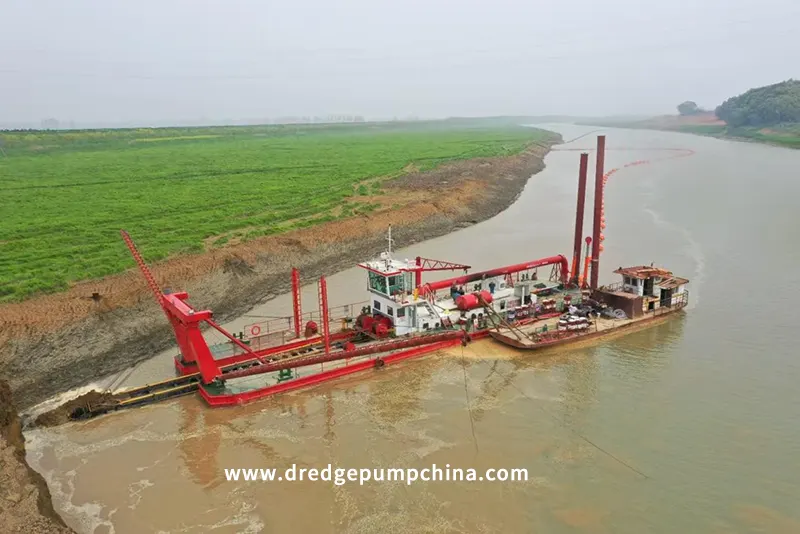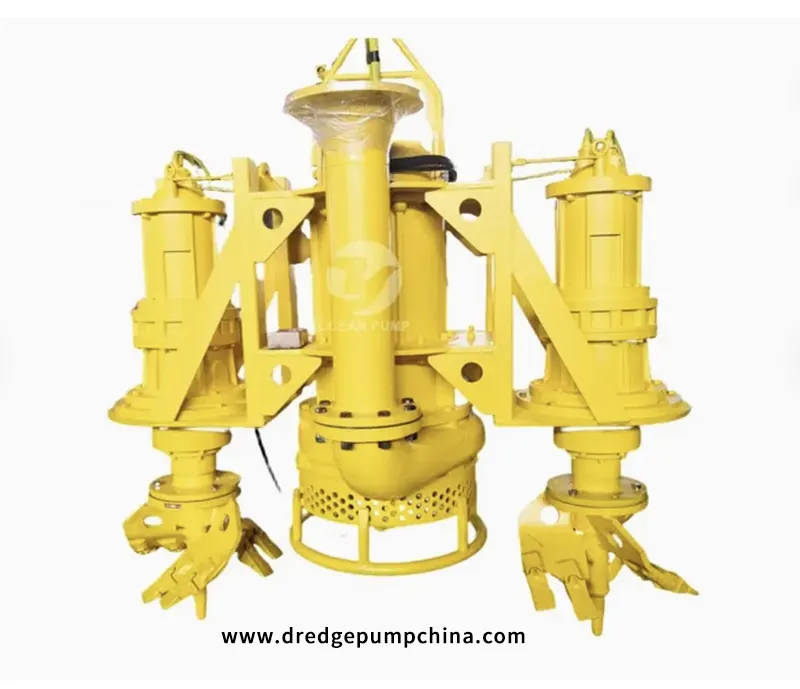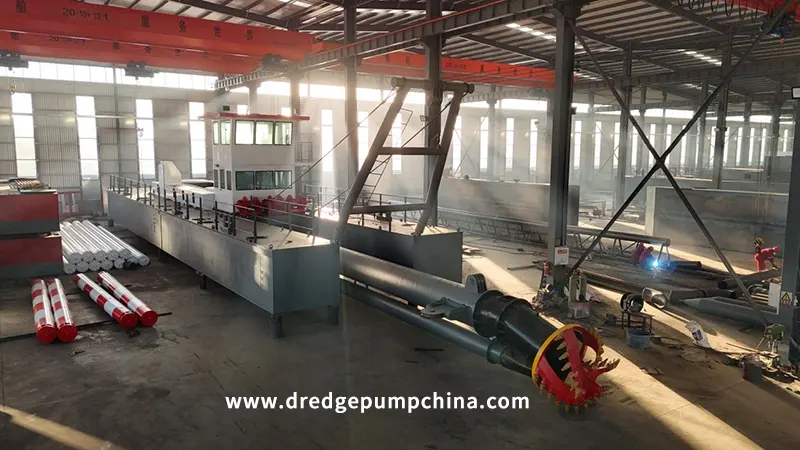How does sand pumping work?
Sand pumping uses pumping stations and underground pipelines to transfer a mixture of sand and seawater from beaches where sand is building up, to beaches where sand is eroding.

Sand pumping, also known as beach nourishment or sand bypassing, is a process used to manage coastal erosion by redistributing sand from areas where it accumulates to areas where it is being depleted. the sand pump with many model £ºhorizontal sand pump £¬vertical sand pump£¬submersible sand pump with agitator £¬sand booster pump set station.

Here's a more detailed breakdown of how it works:
Identification of Source and Target Areas:
Source Area: This is typically a location where sand naturally accumulates, such as a sandbar, a river mouth, or a beach with excess sediment.
Target Area: This is the area experiencing erosion where additional sand is needed to restore the beach and protect the coastline.
Dredging:
A dredging vessel or pumping station is used to extract the sand from the source area. The dredge suctions a mixture of sand and seawater from the seabed or beach.
Pipeline Transport:
The sand-water mixture is then pumped through a network of underground or underwater pipelines. These pipelines can extend for several kilometers, depending on the distance between the source and target areas.
Deposition:
The mixture is discharged onto the target beach. The water drains away, leaving the sand behind. This process can be carefully controlled to ensure even distribution of sand across the beach.
Compaction and Stabilization:
Once the sand is deposited, it may be mechanically compacted and shaped to match the natural contours of the beach. Vegetation and other stabilization techniques may also be used to help the new sand integrate with the existing beach and prevent rapid erosion.
Key Components:
Pumping Stations: These are equipped with powerful pumps capable of handling the sand-water mixture.Tai'an OCEAN Pump (OCEAN Pump) Co., Ltd. being a leading sand pump and sand dredger solutions manufacturer, supplier, and exporter in China. With a team of over 30 talented sand pump experts and a 15,000 square meters factory, it seems like you have the resources to meet the demands of your customers.

Dredges: Specialized equipment used to extract sand from the seabed or beach.normally we use simple sand jet suction dredger £¬cutter suction dredger and submersible sand pump dredgger to achieve different project£¬better to let us know £º
1.Dredge depth?
2.Sand capacity per hour?
3.Discharge distance?
4.the sand is gravel or fine sand ? with clay or not?
then we can help you choose suitable sand dredge.
Pipelines: Durable pipes designed to transport the sand-water mixture over long distances. For dischargge ppipeline we suggest with steel pipeline or HDPE discharge pipe £¬for HDPE pipeline we have 4 inch 6 inch 8 inch or 10 inch 12 inch 14 inch with 0.6mpa or 0.8mpa working pressure to achieve the sand dredging project.
For dredging operations, especially in sand pumping projects, the dredge itself is often equipped with specialized systems to ensure stability, precision, and efficiency. Two common systems used for this purpose are anchor systems and spud carriages. Here's how they contribute to the project:
Anchor Systems
Purpose: Anchor systems are used to stabilize the dredge vessel in dynamic environments, such as open water or areas with strong currents.
How It Works:
The dredge is equipped with multiple anchors (typically four) deployed around the vessel.
Winches and cables are used to adjust the tension on the anchors, allowing the dredge to maintain its position while operating.This system is particularly useful in deeper waters or areas where the seabed is not suitable for spuds.
Advantages:
Provides flexibility in positioning the dredge
suitable for a wide range of water depths and seabed conditions.
Challenges:
Requires skilled operators to manage the anchor lines and maintain stability.
Less effective in very shallow waters or areas with complex seabed topography.
Spud Carriage System
Purpose: Spud carriages are used to stabilize the dredge in shallow waters or areas where precise positioning is critical.
How It Works:
The dredge is equipped with large, vertical poles called spuds that are lowered into the seabed.
The spuds act as fixed points, anchoring the dredge in place.
A spud carriage allows the dredge to move forward or backward along the spuds, enabling controlled and precise dredging operations.
Advantages:
Provides excellent stability, even in challenging conditions.
Allows for precise control over the dredge's position and movement.
Ideal for shallow waters or areas with soft seabeds.
Challenges:
Limited to areas where the seabed is soft enough to allow spud penetration.
Less flexible than anchor systems in deeper or more dynamic environments.
Monitoring Systems on the Dredge
To ensure efficient and effective sand transfer, dredges are often equipped with advanced monitoring systems. These systems work in tandem with anchor or spud systems to optimize operations:
Positioning Systems: GPS and sonar are used to track the dredge's location and ensure it stays on course.
Depth Sensors: Monitor the depth of the dredging operation to avoid over-dredging or damaging the seabed.
Sand Concentration Sensors: Measure the density of the sand-water mixture being pumped to ensure optimal efficiency.
Environmental Monitoring: Tracks turbidity, water quality, and other environmental factors to minimize ecological impact.
Choosing Between Anchor and Spud Systems
The choice between anchor and spud systems depends on the specific conditions of the project:
Anchor Systems: Best for deeper waters, dynamic environments, or areas with hard seabeds.
Spud Carriage Systems: Ideal for shallow waters, soft seabeds, or projects requiring high precision.
In some cases, dredges may be equipped with both systems to handle a variety of conditions.
By combining anchor or spud systems with advanced monitoring technology, dredging operations can achieve precise, efficient, and environmentally responsible sand pumping for coastal management projects.
Benefits:
Erosion Control: Helps to protect coastal infrastructure and habitats by replenishing eroded beaches.
Environmental Protection: Can help to maintain natural coastal processes and protect ecosystems.
Recreational Value: Restores beaches for public use and tourism.
Challenges:
Cost: Sand pumping can be expensive, involving significant investment in equipment and maintenance.
Environmental Impact: The process can disturb marine habitats and affect local ecosystems.
Logistics: Requires careful planning and coordination to ensure the sand is transferred efficiently and effectively.
Overall, sand pumping is a valuable tool in coastal management, helping to balance natural sediment processes and protect vulnerable shorelines.
More inquiry,pls contact :
TAIAN OCEAN PUMP CO.,LTD
DORIS CHEN
WHATSAPP :+86 18562293319
EMAIL : oc@tsbeng.com

-
WhatsApp
-
E-MailE-Mail:oc@tsbeng.com
-
WeChatWeChat:yychen19







